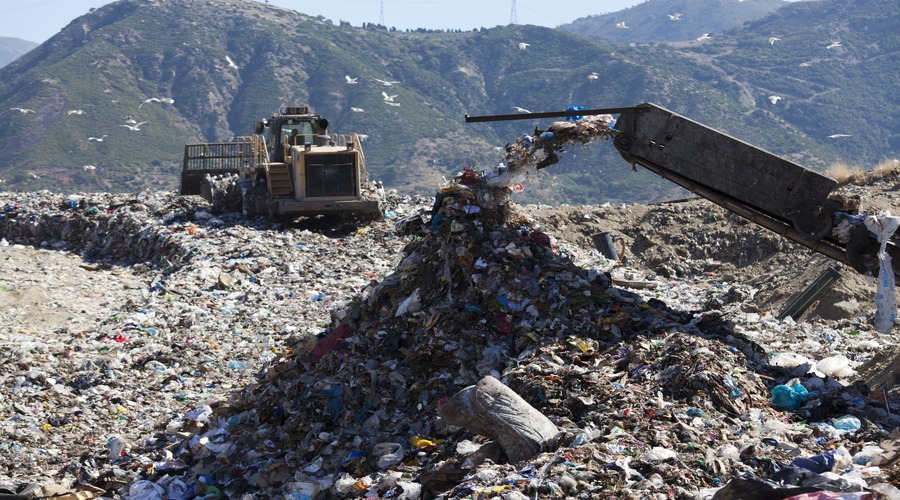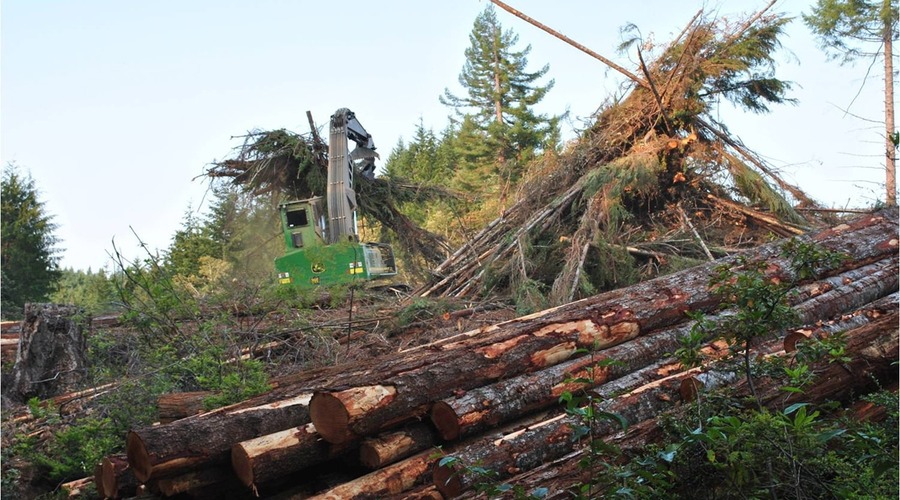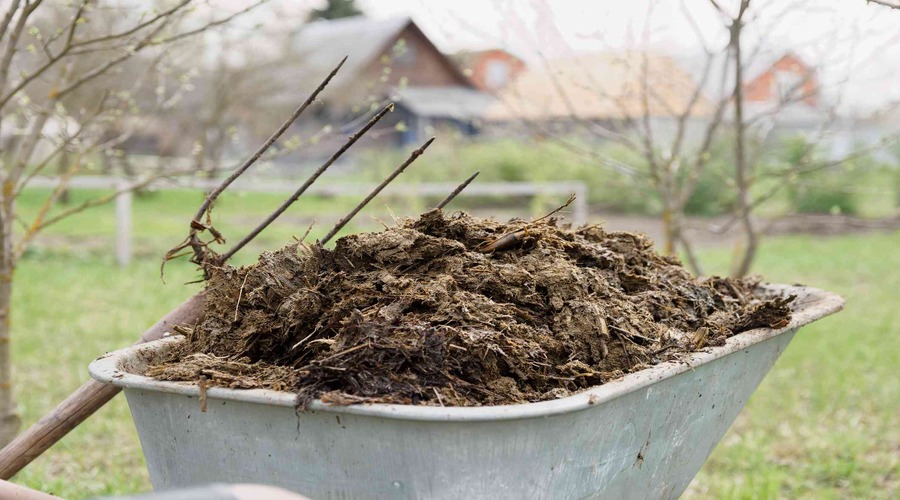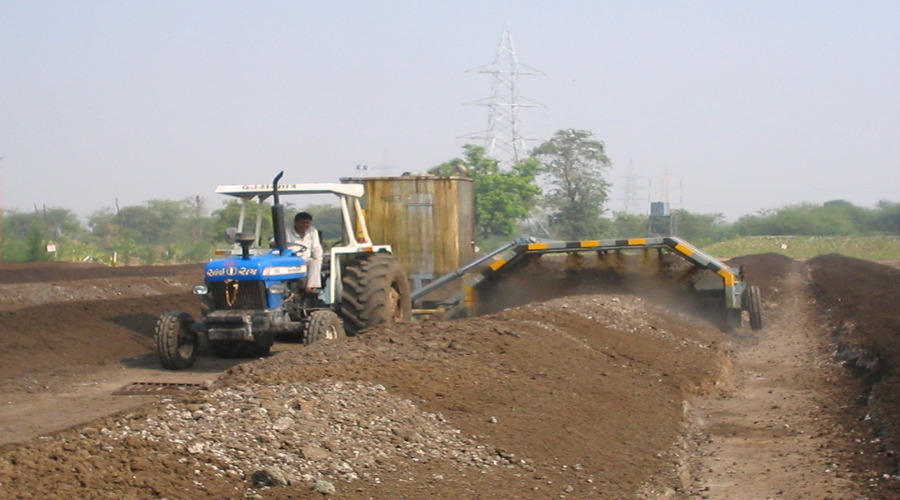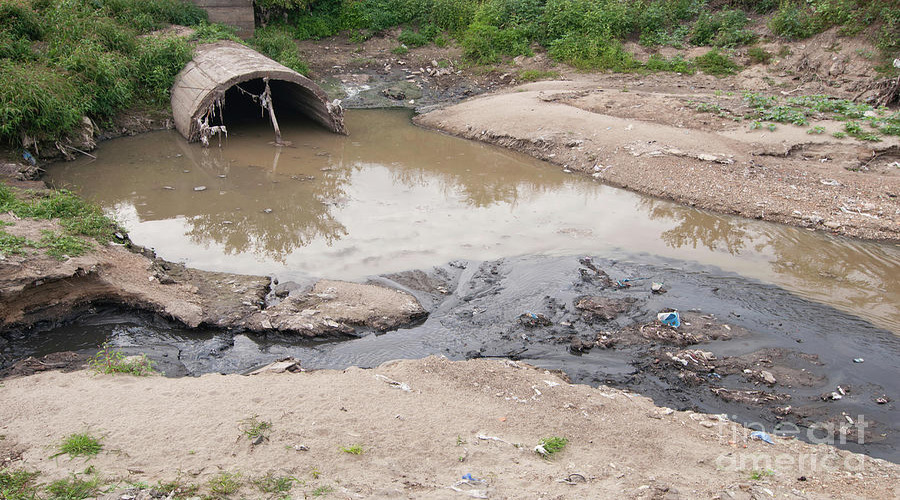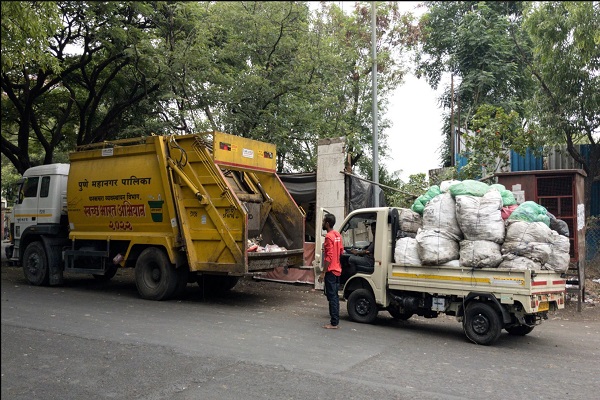
Municipal Waste
The total quantity of Solid waste generated in the country is 160038.9 TPD.
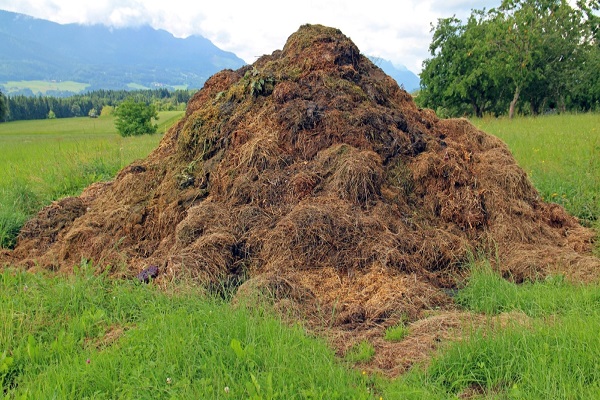
Agricultural Waste
India generates about 620 million tonnes of agricultural waste every year.
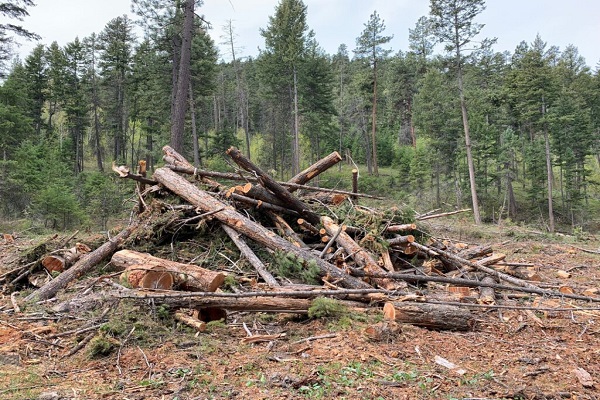
Forest Residue
These are a byproduct from forest harvesting, which is a major source of biomass for energy.
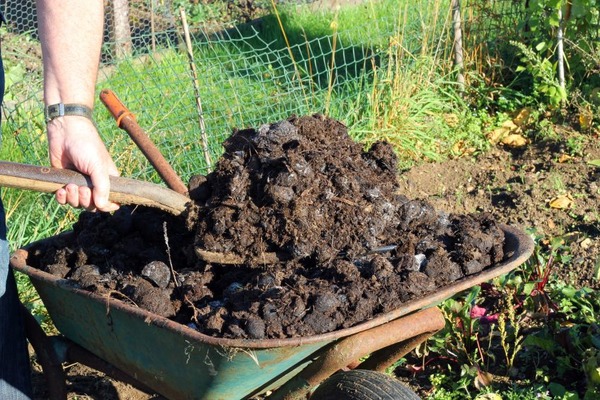
Animal Manure
India has the amount of livestock waste produces is about 3 million tonnes annually.
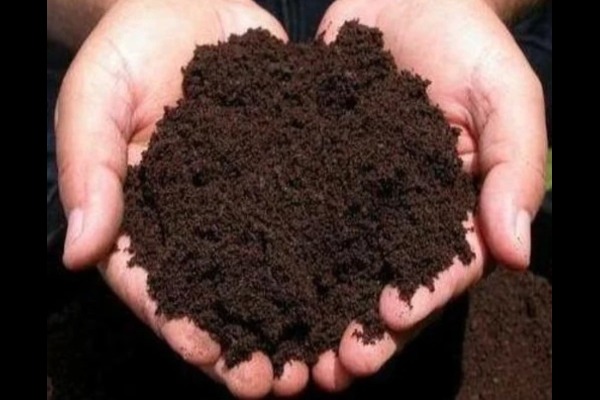
Press Mud
In the fiscal year 2022-23, India has generated about 11.4 million tonnes of pressmud.
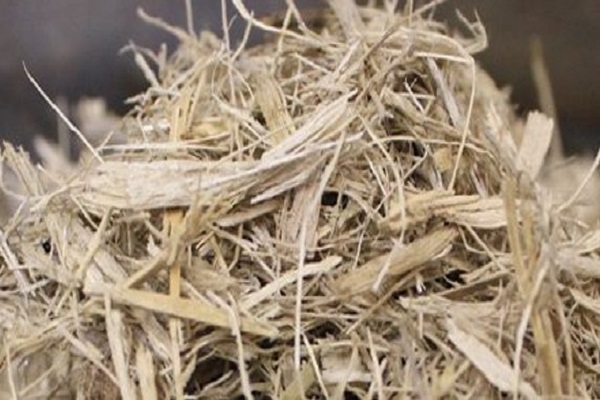
Bagasse
Its available at a single location, thereby eliminating the need to collect.

